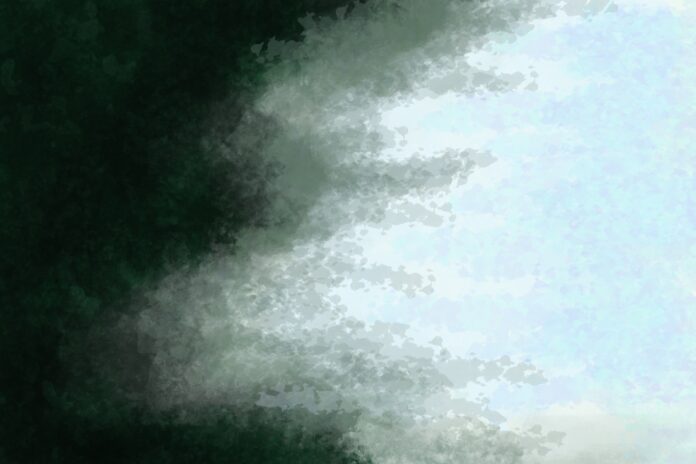Contrary to its name, 80 percent of Greenland is covered by a massive ice sheet. However, the presence of dark algae on the Greenland Ice Sheet has contributed to its rapid melting during recent years.
Unlike white reflective ice, dark algae-covered ice tends to absorb sunlight. As a result, the ice heats up and melts. The melting of the Greenland Ice Sheet can potentially increase sea levels by over seven metres.
Additionally, climate change has caused Arctic summers to be longer and hotter than before, allowing for increased algal growth.
Tracking and uncovering the changing patterns of glacial algae has been the focus of attention for Jenine McCutcheon – a professor in the Earth and Environmental Sciences department at UW. The findings of her research were published in the journal Nature Communications.
“What we’re trying to do is to better understand how algal blooms form, why they form, where they do, and is there a way to predict how they’ll form in future melt seasons,” McCutcheon said. “ One season to the next, algal blooms may change and vary in intensity, making them difficult to model year-to-year.”
The study of the dark algae covering Greenland began in five different locations on the western edge of the Greenland Ice Sheet. This area is dubbed the “Dark Zone” for its low albedo, meaning the amount of solar energy that can be reflected off its surface.
The dark surface of the ice is caused by the presence of algal cells, mineral dust, and black carbon produced by fossil fuel combustion.
As part of this study, a team of researchers had to determine where the glacial algae were getting their nutrients. This was done by measuring the photosynthesis rates of algae in response to different nutrients. The algal blooms showed a strong response to phosphorus, indicating they were regulated by its presence.
Upon further study of the surface dust in the Dark Zone, researchers discovered the mineral hydroxyapatite, which contains the phosphorus needed to nourish glacial algae.
As continued algal growth causes the melting of the Greenland Ice Sheet, it exposes more nutrients that were once frozen in the ice. This exposure stimulates the growth of more algae as they consume these nutrients.
“The findings of this study will impact how we predict where the blooms will happen in the future,” McCutcheon said. “We’re working to be able to model these algal blooms and match them with satellite data to get a better understanding of the overall impact of these algal blooms on ice sheet albedo reduction and resulting melting.”
This research was conducted in collaboration with researchers from the United Kingdom, Germany, Belgium, Canada and Denmark. It was funded by the UK Natural Environmental Research Council Consortium Grant.






























